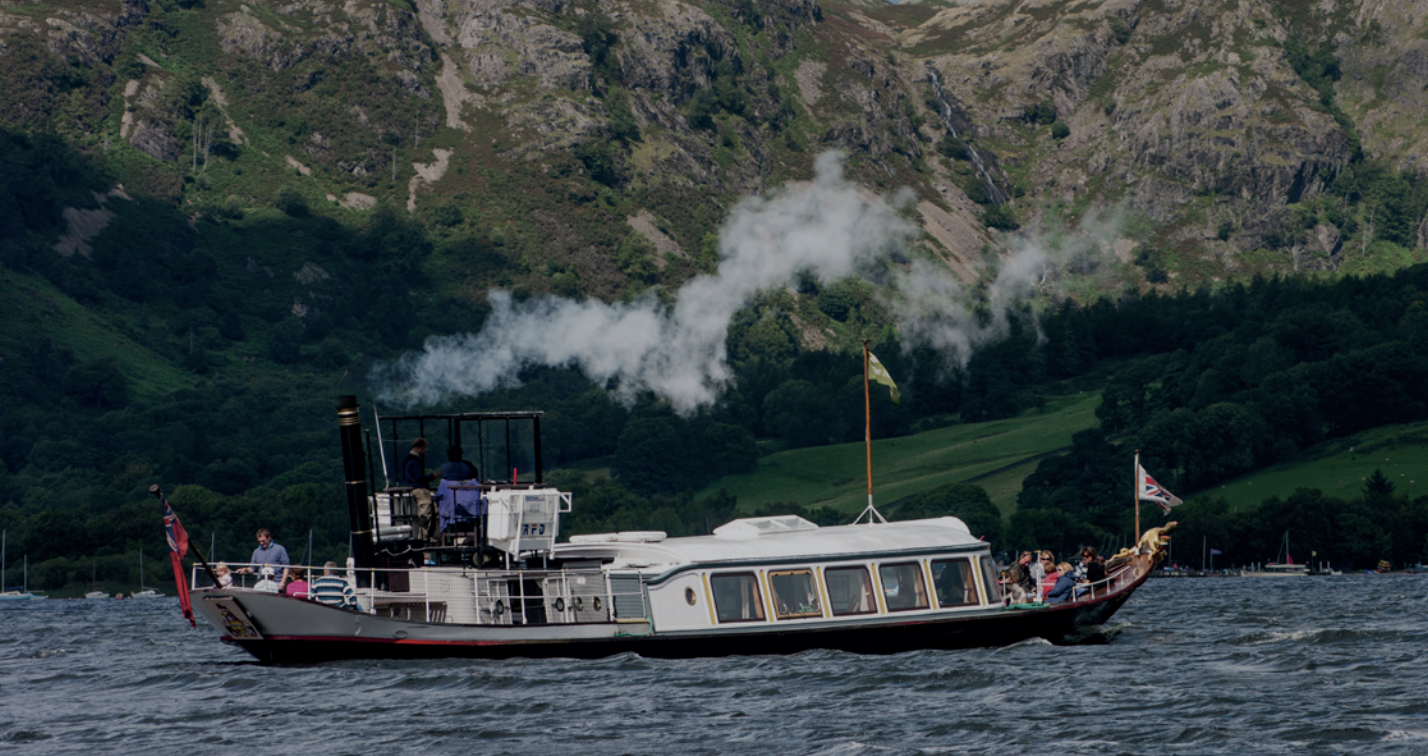
Lying in the central southern part of the Lake District, the valley of Coniston and its linear, glacial lake, Coniston Water, is guarded by the high, rugged fells of Coniston Old Man and Wetherlam and overlooked by extensive woodlands and forest plantations.
The legacy of mining and quarrying on the fellsides, pastoral farming on lower ground, woodland industries, and the busy village of Coniston, all come together in this striking and characterful working landscape.
There’s evidence of prehistoric activity on the low fells in the form of burial cairns and small stone circles. Early medieval settlements give themselves away through the survival of Old Norse place names. Much of the valley’s agricultural landscape also owes its appearance to this period. Medieval monasteries owned a lot of the land in the area between Coniston and Windermere, with the abbots at Furness Abbey granted almost all of the land in High and Low Furness in 1127.
Large areas of the valley were used for deer parks by both Furness Abbey and private landlords up until the 17th century and this was also a period of much change to agricultural practices.
Industry has played an important role on the character of Coniston. Iron was smelted from the medieval period until the 20th century using local charcoal and copper mining also continued into the early 20th century. Slate was also a vital resource, with quarrying providing employment for more than 100 men in the Coniston area in the 1830s. There is still some slate quarrying going on today.
The quarries and mines led, in turn, to a demand for gunpowder. The gunpowder works of the Coniston valley helped to contribute a large amount of the United Kingdom’s needs for gunpowder from the late 18th to the early 20th century.
In 1859, the Coniston railway opened and there was an immediate influx of tourists, with the Steam Yacht Gondola built to provide leisure trips on Coniston Water to entertain the increasing number of visitors.
The pursuit of beauty extended to landscape design, an example of this being Monk Coniston, bought by Beatrix Potter from the Marshall family, and then later acquired by the National Trust.
William Wordsworth was a pupil at the grammar school in Hawkshead and wrote of Coniston and its people in his poems, most notably in ‘The Prelude’. JMW Turner created ‘Morning among the Coniston Fells’ one of his key oil paintings here, and in the later 19th century leading art critic John Ruskin took up residence at Brantwood, directly looking over the lake.
Coniston has inspired everything from heavy industry to great art over the centuries and still remains as a valley of extraordinary contrasts, textures and beauty.